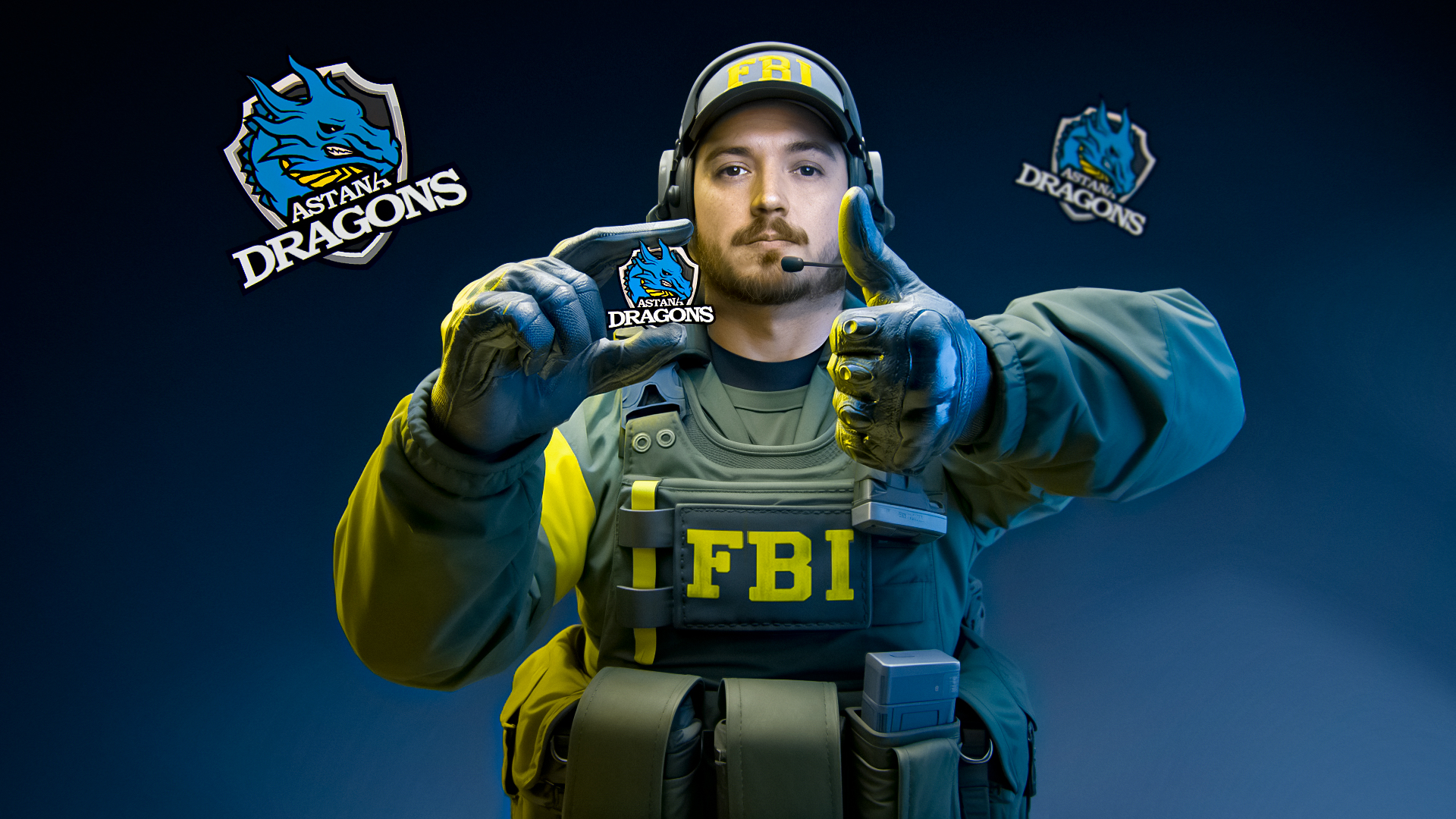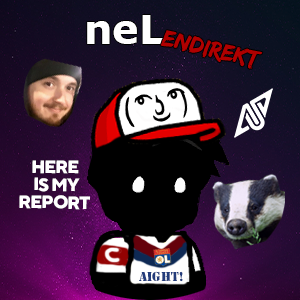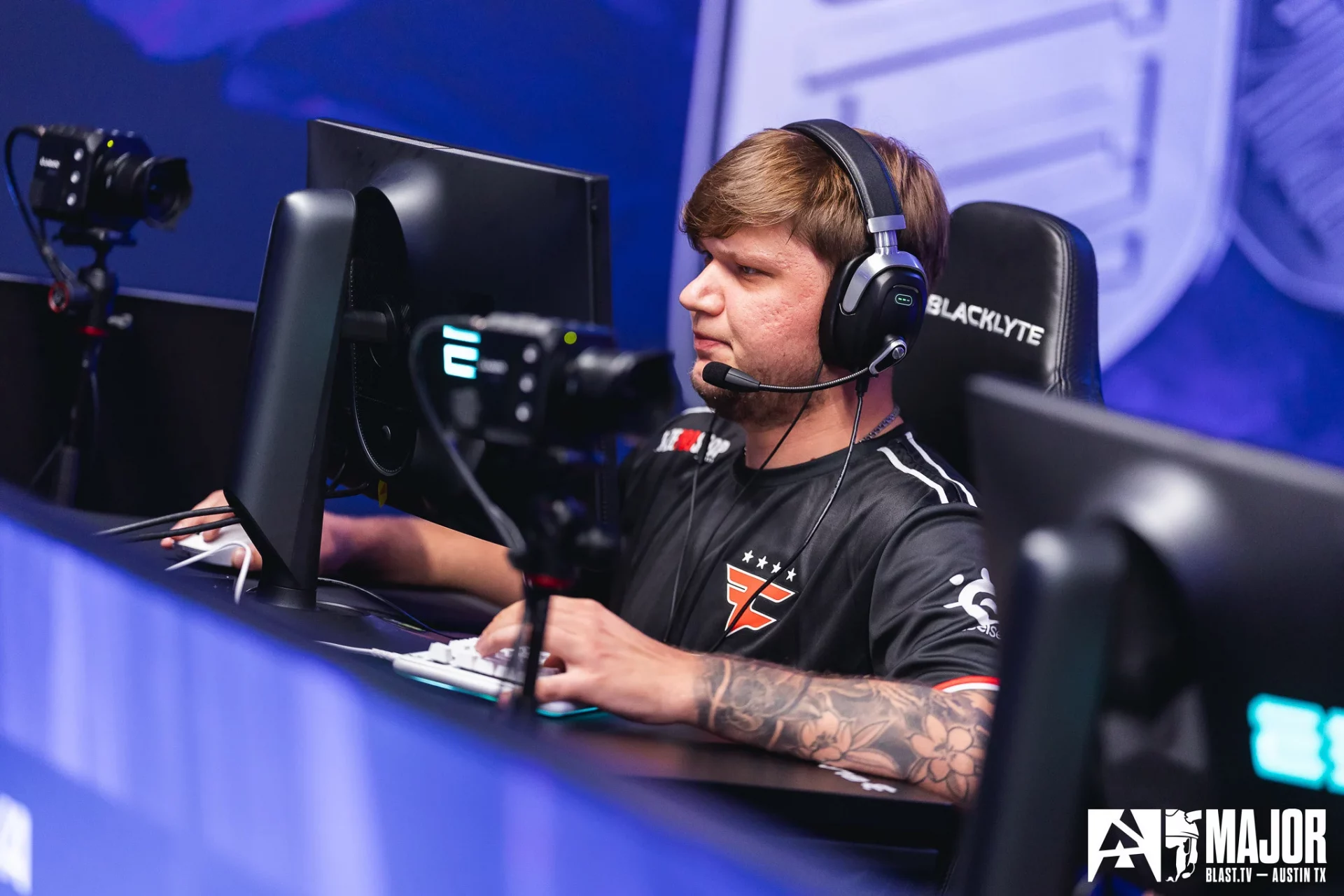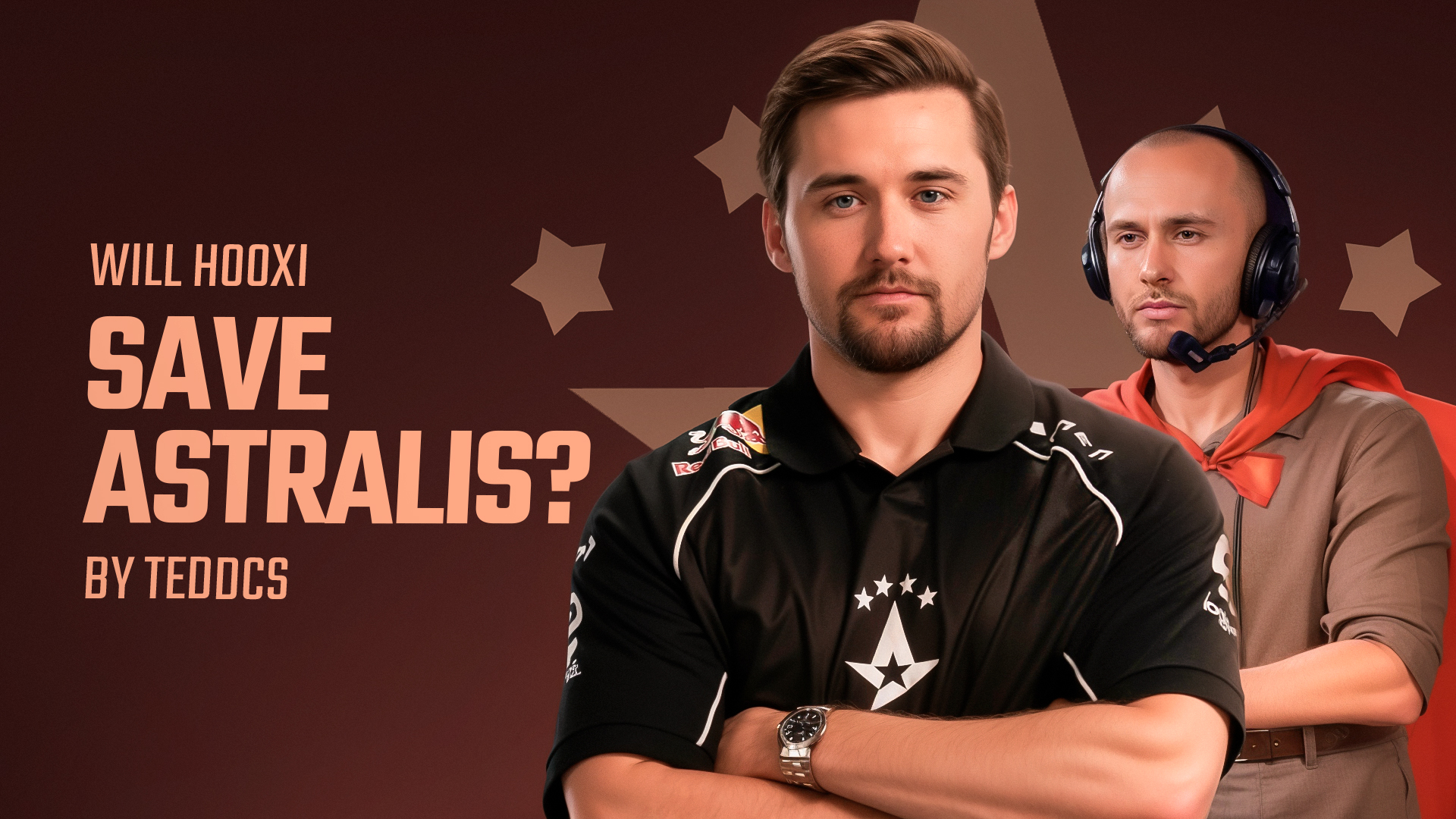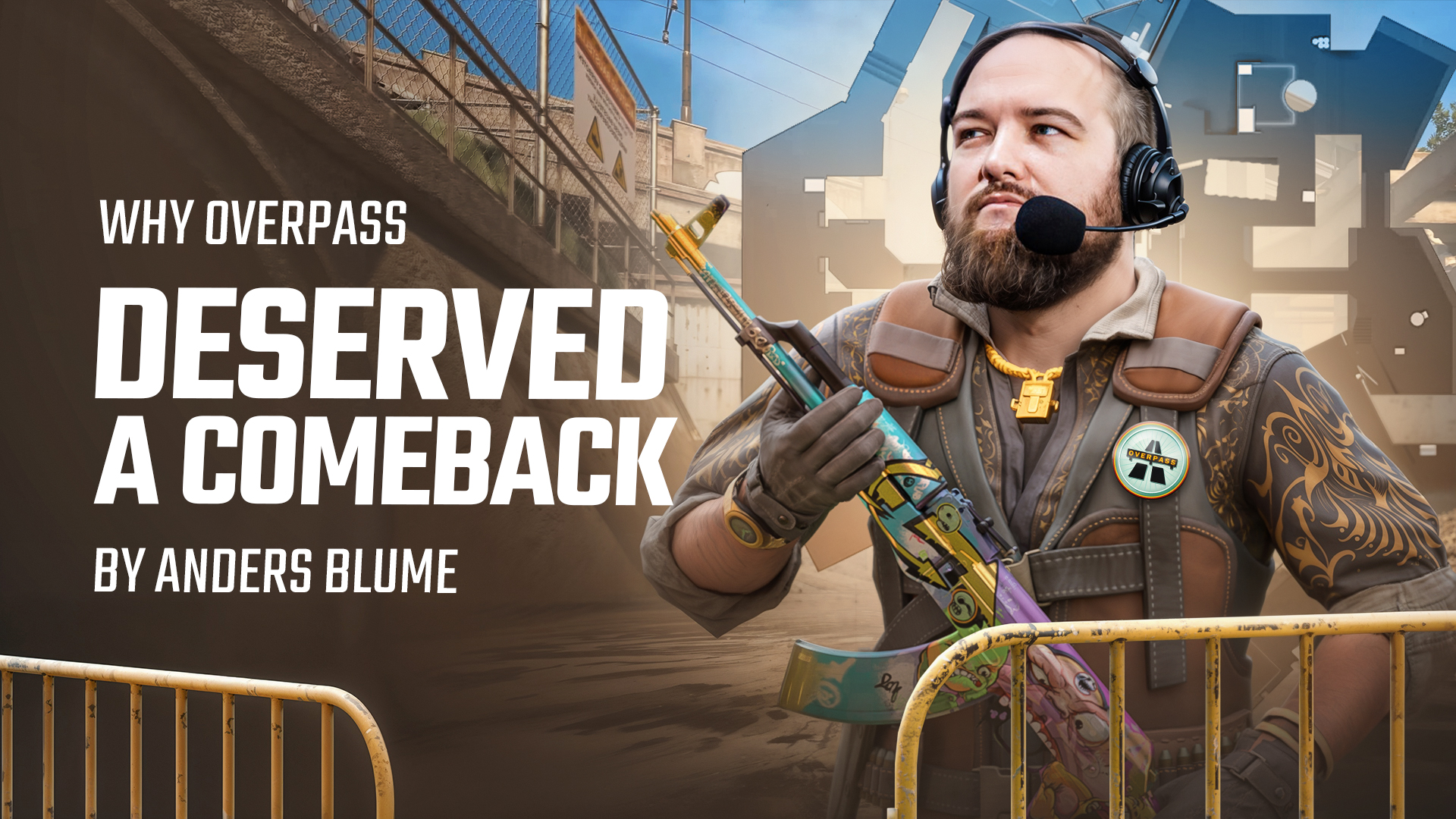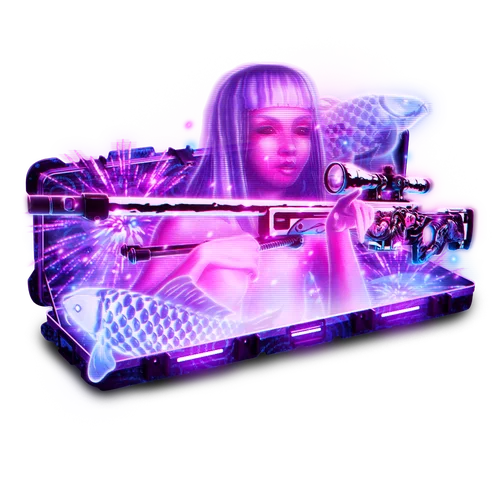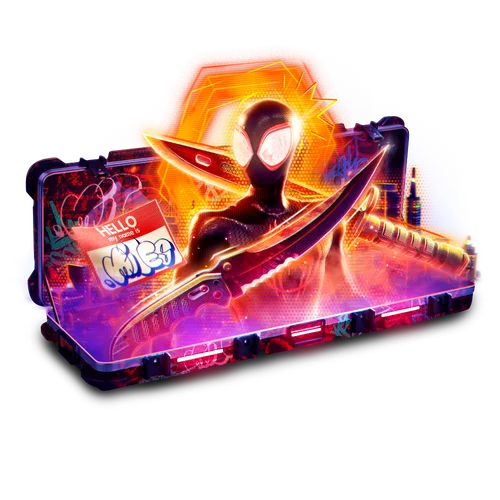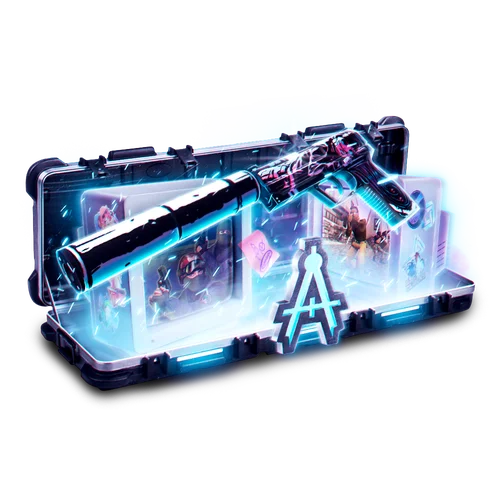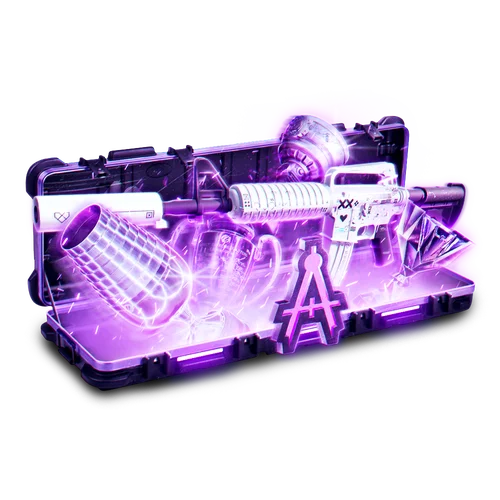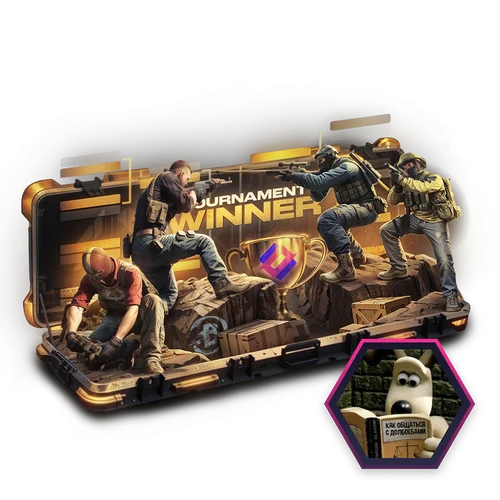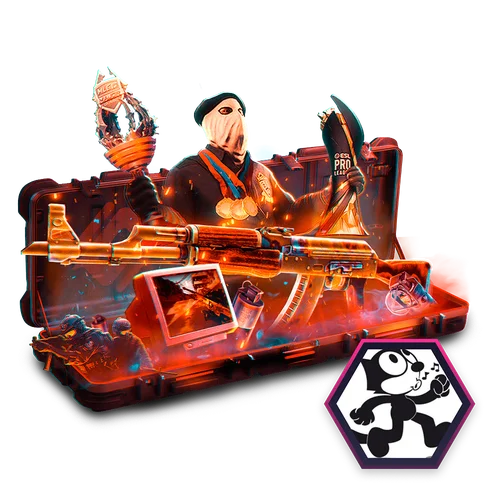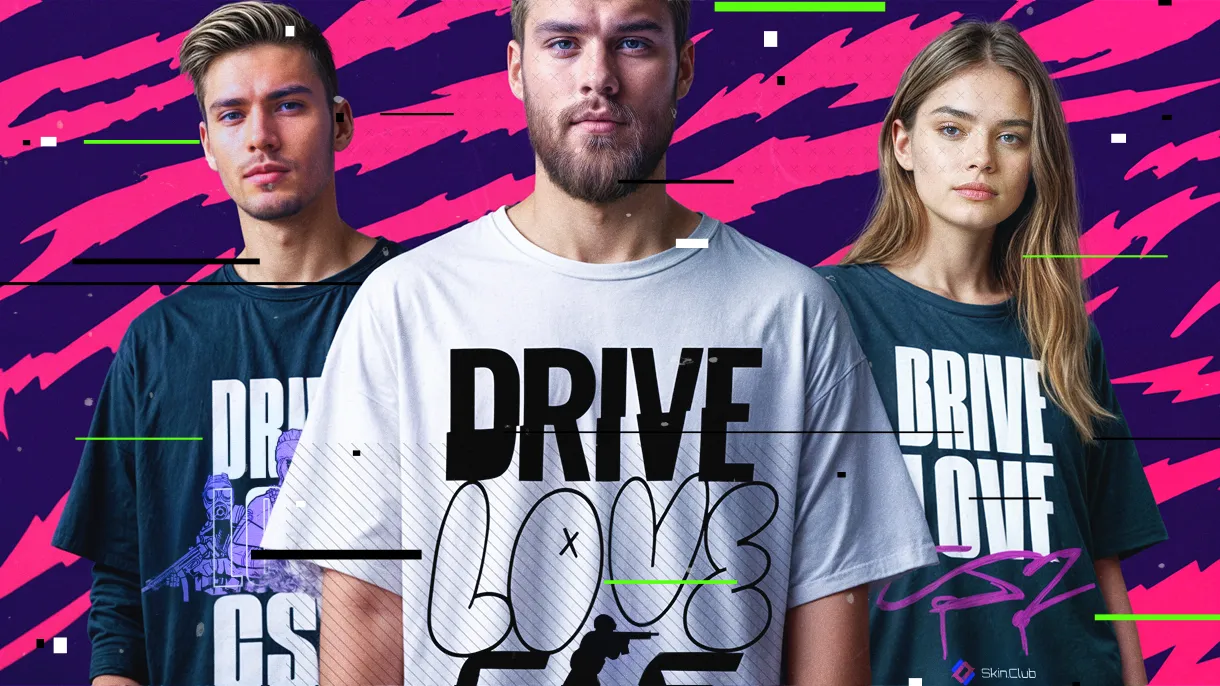While Team Vitality has spent years carefully crafting a superteam, and Team Falcons is now pouring millions into building theirs, the idea of assembling elite players to form an unstoppable machine is not new. Many teams have tried this path before. Yet, oddly enough, few have succeeded in creating something that could last. Today, we revisit the first true CS:GO superteam: Astana Dragons.
The Trinity Before the Storm
Back in 2013, CS:GO was still in its early days. There were no Majors, no skins, no stickers—none of the elements that would later revolutionize the game and elevate it to esports glory. At the top of the scene stood two titans: Ninjas in Pyjamas, undefeated across 87 maps on LAN, built on a blend of Swedish 1.6 legends and CS:S renegades, and VeryGames, the French Source kings who were still chasing the Swedes’ crown until shox joined mid-year.
But before VeryGames could finally overcome NiP, another contender shook the throne. On April 5, 2013, Virtus Pro made history by defeating NiP on LAN, 16–14 and 16–10. Not only did they end the legendary streak—they won the match and confirmed their dominance by beating them again two days later to claim the StarLadder StarSeries V title.
The king had fallen. And the battlefield was set. VeryGames swapped kennyS for Richard “shox” Papillon. Virtus Pro added the deadly GuardiaN, replacing AdreN. And NiP found themselves hunted.
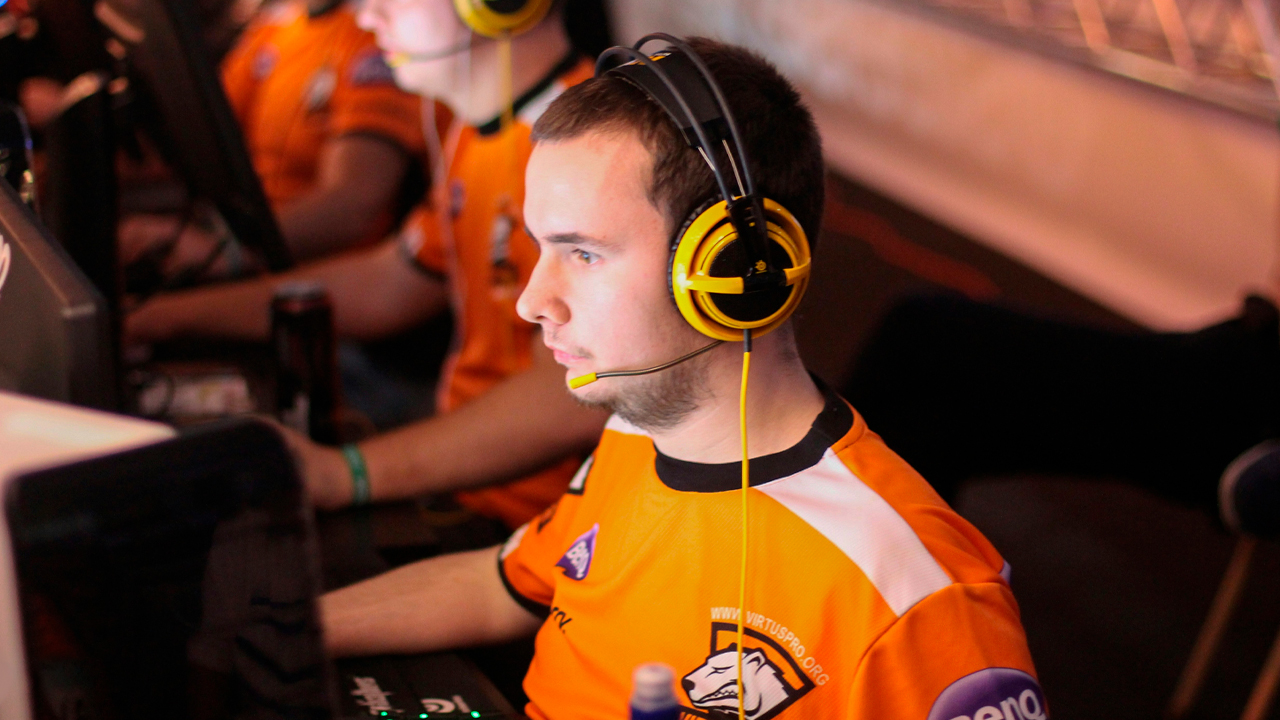
Though NiP took revenge at DreamHack Summer, they fell again to Virtus Pro just a week later at EMS One Summer. This time, it was VeryGames, fresh with shox, who came out on top.
The months ahead promised a fierce rivalry. If NiP was rock, Virtus Pro was paper, and VeryGames the scissors—a power trio battling for dominance as the first Major loomed on the horizon. But fate had something else in store.
The CIS Earthquake
On July 18, 2013, the CIS scene erupted. Despite being on top, Virtus Pro abruptly withdrew from CS:GO, citing unmet obligations by its players. Hours later, Na’Vi, the legendary 1.6 organization, lost its star, Yegor “markeloff” Markelov. Rumors swirled: was the 2010 MVP leaving to join the ex-VP roster?
Virtus Pro publicly accused their players of blackmail. The players fired back—Virtus Pro had failed to meet its promises. Dosia even claimed there were never any contracts. The scene descended into chaos. And then, the dust settled.
The very next day, Ioann “Edward” Sukhariev, another Na’Vi legend, left the team. A new powerhouse was being born. Enter the Astana Dragons, formed by the Kazakhstan E-Sports Federation. The lineup:
- From Virtus Pro: ANGE1 (IGL) and Dosia (star rifler)
- From Na’Vi: markeloff (AWP) and Edward (star rifler)
- And from Kazakhstan: AdreN, the local hero

Firepower, experience, aura, talent—they had it all. Fans were electrified. The mission was clear: dethrone NiP and VeryGames, and rule the CS:GO world.
Promise and Premature Cracks
But even the best-laid plans stumble. The Dragons’ debut came against a fresh fnatic squad with a young and strong JW—and they lost. Their early online run? Five defeats, just two wins. But offline mattered more. In a showmatch for the TECHLABS Cup Kiev, Astana Dragons struck back, defeating fnatic 2–1. Momentum was theirs.
Their first major test came at DreamHack Bucharest. NiP and VeryGames were in attendance. Astana found themselves in the same group as Na’Vi. A perfect revenge arc. And markeloff delivered, tearing through his former team with a masterclass: 16–10.
They reached the semifinals. NiP, meanwhile, had fallen to fnatic in a fiery and controversial Swedish derby. Astana now faced the final boss: NiP. Win this, and the first title was within reach. It was a slugfest. But as always, GeT_RiGhT reigned supreme. NiP edged out a 2–1 win. A close call—but surely the Dragons just needed time.

Next stop: SLTV StarSeries VII Finals. Rock-paper-scissors was back. Astana beat NiP twice. VeryGames beat Astana twice and took the title. Another lost opportunity.
At ESWC, just before the first Major, fortune seemed to finally smile. Though they lost to fnatic in groups, the bracket was generous—no NiP, no VG, no fnatic. They easily dispatched CPH Wolves and faced a promising but beatable Clan Mystik, led by HaRts, a young and wild apEX, and a surprising… KQLY. But KQLY exploded, showing a 1.38 rating and obliterating Astana. He would go on to win the title the next day against VeryGames. A shocking upset, one that, in hindsight, carries a bitter aftertaste.
Edward Jumps Ship, and So Does the Dream
The mounting pressure, the missed titles, the failed honeymoon—something had to give. Edward, one of the faces of the project, departed after just three and a half months. His replacement? kucher, a dependable fill-in from Virtus Pro days.
At the TECHLABS Cup 2013 Finals, they fell to Na’Vi early but clawed through the lower bracket to win the tournament. Hope stirred.
Then came the big one: DreamHack Winter 2013—the first ever Major. Expectations were low. In groups, they lost to CPH Wolves, but still made the playoffs. Once again, the bracket was in their favor. No NiP. No VG. No fnatic. Their opponents? The Americans of compLexity. A win was expected. But they fell short, knocked out in the quarterfinals. Another missed shot. The end felt near.
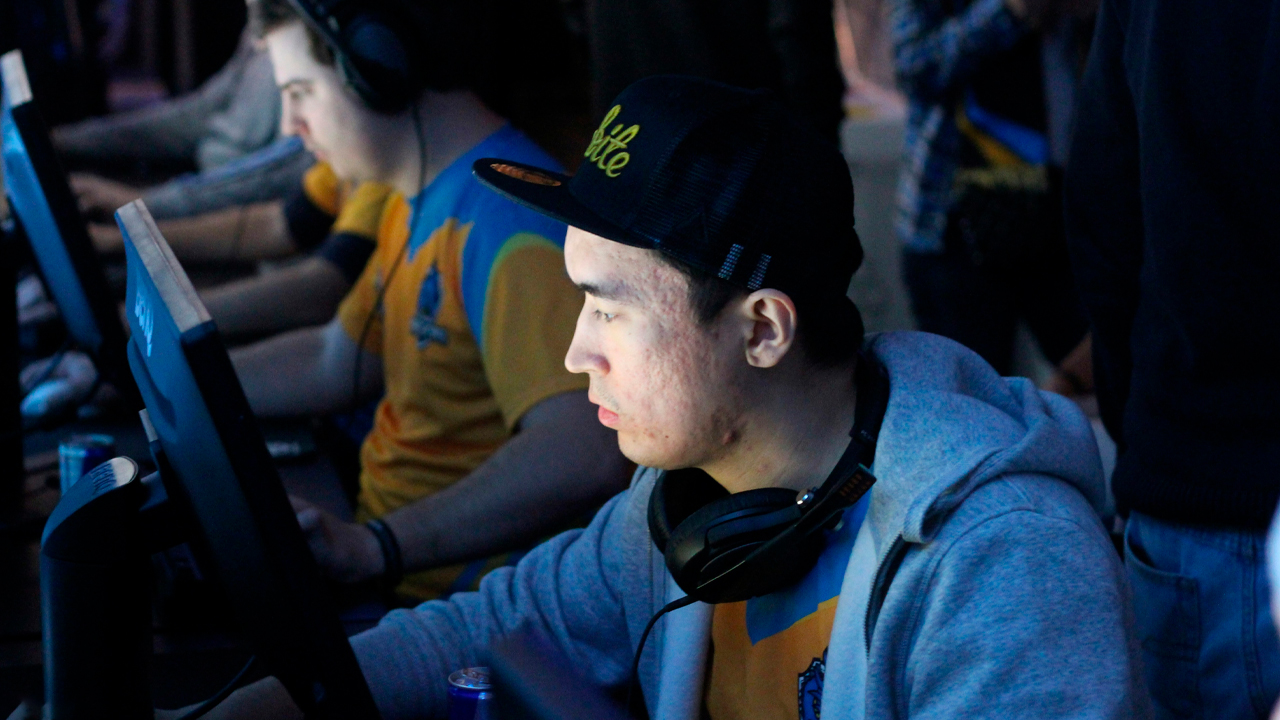
The final blow came at StarLadder StarSeries VIII. A shocking loss to GamePub, featuring a very young NiKolinho, followed by utter defeat at the hands of Na’Vi, now powered by GuardiaN and… Edward.
Astana Dragons finished dead last. Their dream? Over. And with that, the team disbanded. Because yes, Astana Dragons were already coming to an end. They had shattered Na’Vi’s legendary core, gutted Virtus Pro, and carried the weight of fan expectations. But they never lived up to the hype. The roster would linger under a new name—HellRaisers—but never won a top-tier tournament.
Ironically, two of its players would find redemption. In 2016, Dosia and AdreN joined Gambit, and in 2017, they lifted the PGL Kraków Major trophy—the one prize Astana Dragons could never reach.
The Curse of the Superteam
Astana Dragons weren’t just a failed experiment—they were a warning. The first true CS:GO superteam to fall short. And far from the last.
In 2015, fnatic picked up dennis for Pronax, hoping to pair leadership with unmatched firepower. The result? No Major trophies.
In 2017, the French scene finally united its prodigies—shox and kennyS together at last. Expectations soared. But reality hit hard. No Major.
The same year, FaZe formed a galactic roster: olofmeister, GuardiaN, and NiKo on the same team. Paper-perfect. Major-less.
In 2018, MIBR tried to revive Brazilian dominance by adding Stewie2K and tarik to the old SK core of FalleN, coldzera, and fer. Result: more drama than titles.
And it didn’t stop there. Na’Vi spent years assembling the best players from the CIS region. Still no Major—until the stars aligned in 2021.
G2, with NiKo, huNteR, and rising phenom m0NESY, chased the same dream. So did countless others.
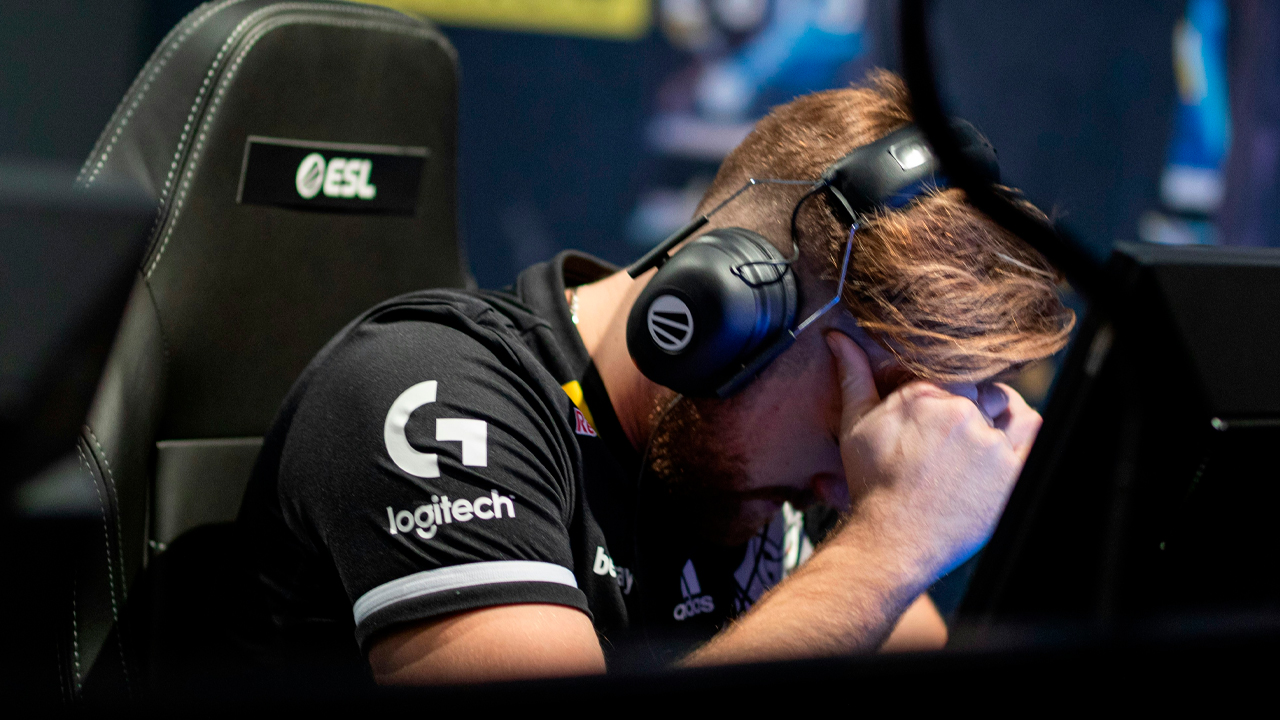
The blueprint was always the same: gather the biggest names, the best aimers, the most explosive talents—and watch the trophies roll in. But Counter-Strike doesn’t work like that.
It’s not a game won on paper. It’s not just about firepower, highlights, or flair. It’s about structure, chemistry, trust, teamwork. The squads that won Majors, that carved their names into history, weren’t just lineups of stars. They were cohesive units—finely tuned machines where roles were clear, egos were managed, and synergy reigned.
In 2013, Astana Dragons had the tools, the names, the aura. But they lacked time. They lacked stability. And in the end, they became the first victims of the superteam curse.





























